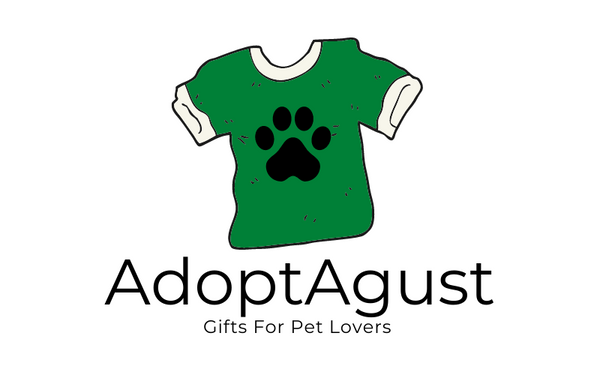Today, we're covering on the topic about chaining your dog and why it is consider animal abuse. And how you could help dogs that live on a chain.
Is Chaining Dogs Animal Abuse?
When you hear the term “dog chaining,” that generally means that a dog is tied up with a chain or rope and left alone day after day. This has many physical and mental ramifications for the dog — none of them right — and it is a form of animal cruelty and abuse.
Some cities and states have laws that either prohibit or limit dog chaining. For instance, in 2011, New York passed a law that made it illegal to tether dogs for over three hours in 12 hours. However, not all cities have these laws. In some cases, the decision of whether or not to chain a dog is up to the individual owner.
Let’s break down this issue a little further and look at a few key reasons you shouldn’t chain your dog.
Chaining Causes Physical Issues
Dogs that are chained up can suffer from severe physical issues.
Frostbite is a dangerous problem during cold weather; dogs can also become dehydrated if their water freezes over, and they’re alone with no one to notice. In the summer, heatstroke is a danger, and insect bites are also an unpleasant issue.
Puppies, older dogs, and dogs with short hair are especially at risk of developing health problems if they’re chained outside in the cold or the heat.
It’s also only not good for dogs to be so sedentary — unable to stretch their legs and run. What’s more, dogs who are chained are vulnerable to being hurt by any people or other dogs passing by.
Chained dogs can even die from strangulation if the rope or chain becomes wrapped around their neck, and they might contract an infection from their collar digging into their neck.
Chaining Causes Mental Health Issues
Chaining your dog has psychological ramifications in addition to physical ones. If you were alone in the cold and confined to a six-foot radius all day, your mental health would probably suffer big-time, right? The same principle goes for dogs. It’s not enough to provide your dog with food and shelter. Dogs need love, affection, and companionship just as much.
Unfortunately, because of their poor living conditions, chained dogs will sometimes attack people.
There’s a risk that chained dogs can become aggressive because they cannot escape the situation if needed; they also tend to be extremely territorial over their small area. A study performed by the CDC showed that chained dogs are 2.8 times more likely to bite. Chained dogs are bored and nervous, so sadly, it’s a logical step to developing aggression toward humans.
How Can You Help?
Don’t chain your dog! Instead, find him a place to sleep and eat inside the house if possible, and give him lots of love (again, it’s especially important to bring very young or very old animals inside).
The only time it’s okay to chain your dog is for a short period and while the dog is supervised. In this case, never use a choke chain or choke collar. (Check your state’s laws before doing this; most states that prohibit dog chaining have some provision for temporary, supervised chaining.)
If you see someone else’s dog chained up, how can you help? If you know the owner, volunteer to watch their pet when needed, letting the dog sleep at your house or taking it to the dog park to run during the day. You can also bring the dog treats and toys.
Finally, if you notice that the dog does not have enough food, water, or a good shelter, call the authorities about neglect. Work with your city legislators to ban dog chaining in your area. PETA has many resources that can point you in the right direction to lobby for animal-friendly legislation.
Donate to or volunteer with organizations such as Fences For Fido, which provides free fences and doghouses for chained dogs. This nonprofit’s YouTube channel is full of videos showing happy dogs doing “zoomies” for the first time.
Finally, you can also be part of the solution by adopting a dog, rescuing it from being chained up by owners who didn’t want it, or didn’t have time to care for it.

